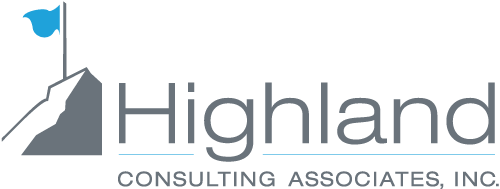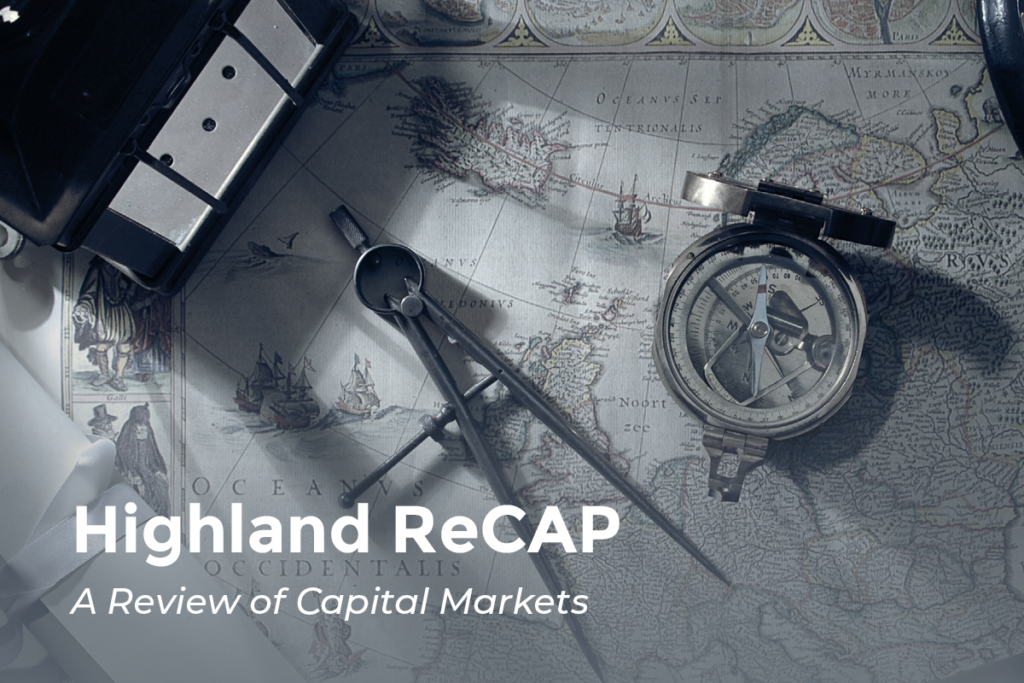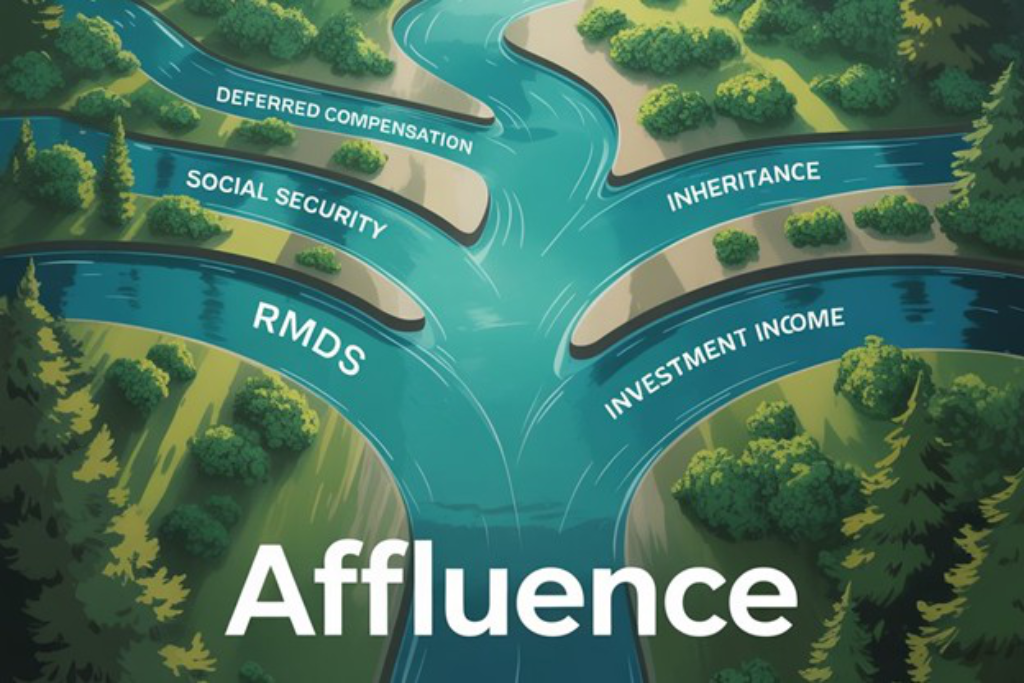Managing Pension Risk in a Volatile Interest Rate Environment

The persistent decline in interest rates has presented challenges for pension plan sponsors, especially those with a funding deficit. The most obvious challenge is the upward pressure on liabilities. The other is the difficulty of managing the asset portfolio with continuing expectations of lower market returns. In the absence of fixed-income investments that offer attractive yields, plan sponsors have been forced to “reach for yield” to close the funding gap by investing in asset classes that offer the potential for higher returns, albeit with significantly greater risk. As we recover from an economy affected by a global pandemic and resulting shutdowns, what might higher inflation and rising interest rates mean for your defined benefit pension plan?
Background
With the adoption of the Pension Protection Act of 2006 (PPA), single-employer pension plan sponsors were required to use a blended discount rate which references the corporate bond yield curve to value liabilities. As a result, consideration of de-risking, plan termination, or any risk transfer activity meant liabilities were valued as reported for financial statement purposes. For funding purposes only, PPA amendments and additional legislation have been passed that allow plan sponsors to use artificially high interest rates to value plan liabilities.
Because the sensitivity of liabilities to interest rates has become somewhat predictable for many years, it has become common to use long-duration fixed income securities to hedge against, or mitigate, increasing liabilities arising from lower interest rates. This strategy became known as Liability Driven Investing (LDI). A companion tool, the glide path, has also become common with the aim of better managing the volatility of funded status.
From Highs to Lows and Global Financial Crisis to Global Pandemic
The 10-year U.S. Treasury bond peaked in 1981 at just shy of 16%. From this historic high, it steadily declined over the next two decades to its all-time low of 0.50% in early 2020. From the high-rate eighties, fast forward to 2018 when the economy had finally gained traction post-Global Financial Crisis (GFC) and began showing signs of overheating.
The Federal Reserve, having kept short-term interest rates at or near 0% and its balance sheet activity accommodative, communicated in 2018 to market participants that short-term interest rates would slowly rise and that balance sheet operations would reverse. A violent stock market reaction ensued, and the Fed reversed course. The market stabilized until the COVID-19 pandemic induced a steep, abrupt rate cut. Both monetary and fiscal solutions combined to steady the severely destabilized economy.
Additional rounds of fiscal stimulus provided much needed help to individuals and businesses most harmed by the economic malaise. Now, as the COVID-19 pandemic fades and the economy recovers, there has been discussion about the likelihood of higher inflation and interest rates. Already there’s been movement in that direction. From a March 2020 low of 0.50%, the 10-year Treasury yield has increased by approximately 125 basis points to 1.75% as of early March 2021, just one year later.
Are Inflation and Interest Rates on the Rise?
Historically, unprecedented monetary policy alone has not created inflation. Modern monetary policy works by swapping assets with commercial and primary bank dealers. The bank sells the Fed-eligible bonds while the Fed credits the banks with reserve assets. This is not money printing, but merely an asset swap where bank reserves get caught in the banking system. In order to increase broad money supply and generate inflation, banks must risk their own capital and lend money into existence. In the current environment, banks continue to restrict lending and operate with tighter lending standards.
There is another way to fuel inflation and higher interest rates: enter fiscal stimulus funded by deficit spending. Trillions of dollars of stimulus are being spent into existence at an unprecedented pace. Current monetary policy is soaking up approximately $120 billion per month of U.S. Treasury and agency debt. The U.S. Treasury Department has indicated its desire to wind down over $1 trillion held in the Treasury General Account held at the Fed in the coming months to help offset some of the cost from the $1.9 trillion dispersed via the 2021 American Rescue Plan Act. As stimulus check recipients spend those dollars on goods and services (and don’t direct them to savings or debt service), the economy will heat up and inflation as measured by CPI can be expected to increase.
What Does this Mean for Pension Plan Sponsors?
There are many factors contributing to the recent increase in interest rates. Chief among them are higher expected economic growth as the pandemic-related restrictions are lifted, and higher inflation due to the combination of greater fiscal spending and accommodative monetary policy. What does this mean for pension plan sponsors? Higher interest rates will provide some relief with respect to increasing liabilities. However, higher interest rates reduce the value of the LDI portfolio and put downward pressure on risk assets, such as equities. Further, higher interest rates increase the likelihood of corporate bond defaults.
So what should pension plan sponsors do? Think along these lines:
- Know your exposures, think opportunistically and act when appropriate.
- Monitor lower-quality bond portfolios for any signs of stress. The discount rate is AA quality while most LDI portfolios contain significant allocations to bonds with lower quality ratings.
- Consider the use of U.S. Treasuries to better align the credit quality of the LDI portfolio with that of the discount rate.
- Opportunistically re-risk the portfolio if risk assets present more favorable valuations. Consider having a plan in place for when the opportunity arises.
- Consider the desired level of hedging against the backdrop of higher interest rates.
Call on Highland
As you consider your pension plan liabilities in a time of significant economic change, please call on us. Our team of consultants and analysts can guide you with a deliberative process to make astute decisions for better outcomes.
Highland Consulting Associates, Inc. was founded in 1993 by a small group of associates convinced that companies and individuals could be better served with integrity, impartiality, and stewardship. Today, Highland is 100% owned by a team of owner-associates galvanized around this promise: As your Investor Advocates®, we are Client First. Every Opportunity. Every Interaction.
Highland Consulting Associates, Inc. is a registered investment adviser. Information presented is for educational purposes only and does not intend to make an offer of solicitation for the sale or purchase of specific securities, investments, or investment strategies. Investments involve risk and unless otherwise stated, are not guaranteed. Be sure to first consult with a qualified financial adviser and/or tax professional before implementing any strategy discussed herein. Past performance is not indicative of future performance.



